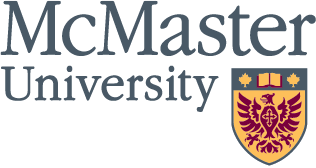November 2, 2001
posted on Nov. 2: Recycling is back on campus
Read More
 Share
Share
SHARE WITH YOUR FRIENDS
Pick one or more destinations:
0
0
0
×
October 31, 2001
posted on Nov. 1: Campus Clean Sweep takes place Thursday, Nov. 1
Read More
 Share
Share
SHARE WITH YOUR FRIENDS
Pick one or more destinations:
0
0
0
×
October 31, 2001
posted on Nov. 5: New recognition policy will recognize cumulative service
Read More
 Share
Share
SHARE WITH YOUR FRIENDS
Pick one or more destinations:
0
0
0
×
October 30, 2001
posted on Oct. 30: School of Business tops return-on-investment ranking in business schools survey
Read More
 Share
Share
SHARE WITH YOUR FRIENDS
Pick one or more destinations:
0
0
0
×
October 29, 2001
posted on Oct. 29: Free campus flu clinics prove highly successful
Read More
 Share
Share
SHARE WITH YOUR FRIENDS
Pick one or more destinations:
0
0
0
×

